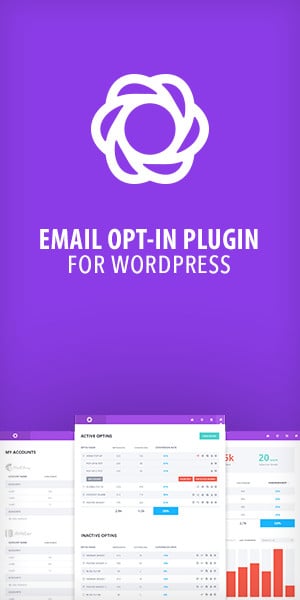Accelerate Your Website
Optimize Image Files:
Compress large image files using Photoshop or online compression services to reduce file size without sacrificing quality. Use JPEG or WebP formats for better compression compared to PNG or BMP formats.
:max_bytes(150000):strip_icc()/confirm-attribute-changes-windows-11-2471db411847484e9ee08f69fe1c821c.png)
Minimize HTTP Requests:
Each element on a web page, including images, scripts, and stylesheets, requires a separate HTTP request. Minimize the number of HTTP requests by combining and minifying CSS and JavaScript files, reducing the number of images and external resources, and utilizing browser caching to store frequently accessed resources locally.
Enable Browser Caching:
Browser caching allows web browsers to store static files like images, CSS, and JavaScript locally, reducing the need to fetch them from the server each time a user visits the website. To ensure they are periodically refreshed and updated, set expiration dates for cached resources.
Use Content Delivery Networks (CDNs):

Content Delivery Networks distribute website content across multiple servers located in different geographic locations. By serving content from the nearest server to the user, CDNs reduce latency and improve load times. Integrate a CDN into your website infrastructure to accelerate content delivery and enhance performance.
Optimize Code and Scripts:
Bloated code and unnecessary scripts can increase page load times. Optimize HTML, CSS, and JavaScript code by removing whitespace, comments, and unused code snippets. Consider deferring JavaScript execution or asynchronously loading non-essential scripts to prioritize the loading of critical content.
Implement Lazy Loading:
Furthermore, lazy loading delays the loading of non-visible images and content until they are needed. This reduces initial page load times and helps improve website performance, especially on long-scrolling pages. To implement lazy loading for images, videos, and other media elements, you can use JavaScript libraries or frameworks. By doing so, you can not only improve website performance but also provide a better user experience for your visitors.”
Choose a Reliable Web Hosting Provider:
Your website’s performance is closely tied to the quality of your web hosting provider. Choose a reliable hosting provider that offers fast servers, SSD storage, and scalable resources to accommodate traffic spikes and ensure consistent website performance.






